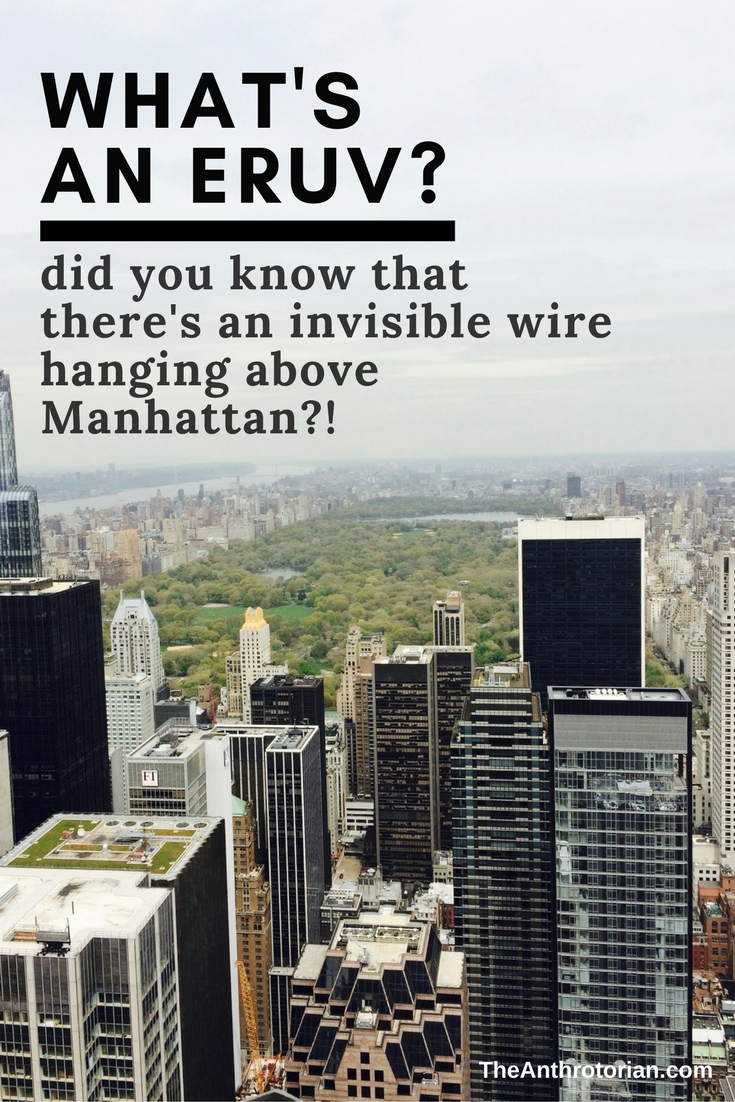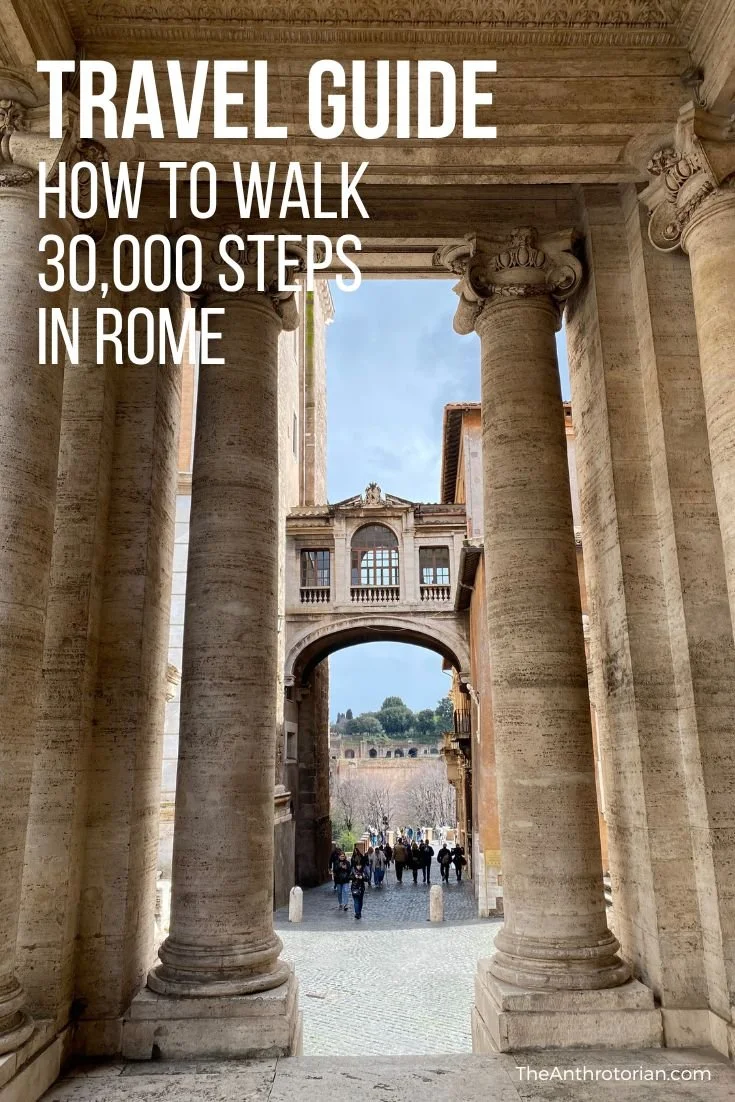Taking a stroll through a cemetery might sound morbid, but in Europe, 19th century cemeteries are big attractions. Yes, there are ‘quirkier’ visitors that are there to hold vigil for hours in front of the graves of famous figures (Jim Morrison’s grave in Paris attracts some interesting people), but the majority of visitors are your plain old average tourist.
Surrounded by thick stone walls that create a peaceful sanctuary, these cemeteries are laid out like cities with street names and green spaces.
The opulent mausoleums are a study in architecture of the different time periods they were built in, and elaborate grave markers, representing the life of the deceased, turn these burial places into verdant sculpture gardens. In the light of day, these places are like beautiful, outdoor museums.
Death is the ultimate neutralizer, and in these beautiful spaces, you can find dictators buried next to revolutionaries, musicians next to business men and the rich next to the poor.
If you are going to be in Europe this summer, I suggest dropping by the Kerepesi Cemetery in Budapest or Cimetiere du Pere Lachaise in Paris. They are massive, full of beautiful sculpture and — if it is something that interests you — a bunch of famous historical figures.











